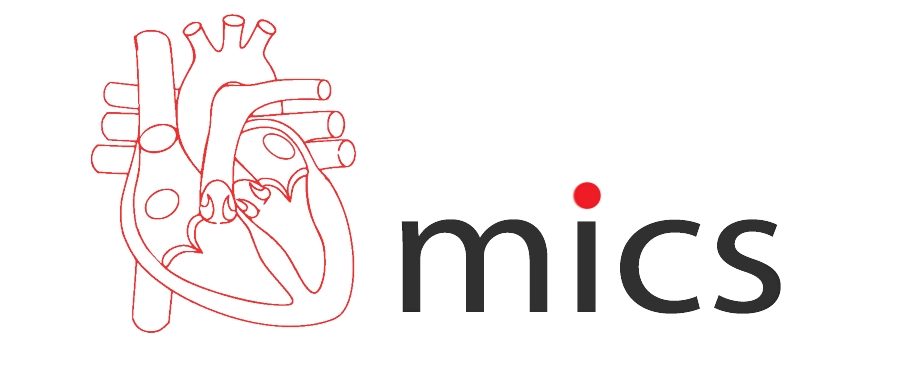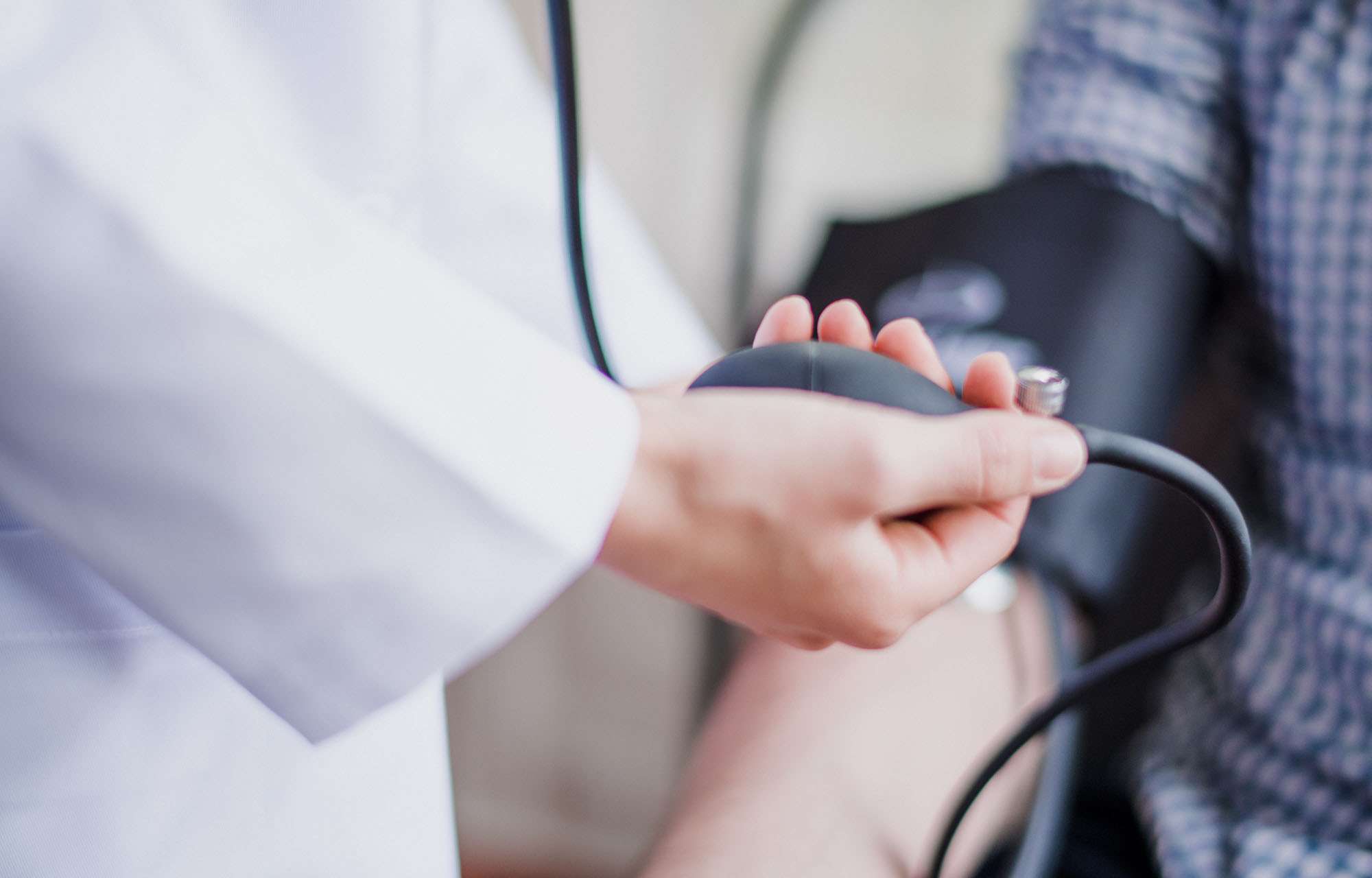This is 21st century and advancement in technology has taken over the World like never before. The development of technology along with the advancement in Science has brought revolution in the medical field. Technology advancement has made complex surgeries more streamlined in comparison to conventional techniques. With the help of technology, medical and health experts can take better care of their patients and treat businesses in the best way. Sounds interesting, let’s understand what is Robotic Heart Surgery?
What is Robotic Heart Surgery
Robotic heart surgery is a minimally invasive approach to heart surgery. It is done through small cuts (incisions) in the chest. The surgical instruments, along with a tiny camera are inserted through the incisions. With the use of tiny instruments and robot-controlled tools, the surgeons are able to access the heart without making a large incision or cutting through the breastbone and perform the procedure precisely.
Robotic Cardiac Surgery v/s Traditional Open-Heart Surgery
- Robotic cardiac surgery utilises small port incisions. It avoids the needs for a full sternotomy like in the traditional open – heart surgery.
- During heart surgery, surgeons insert precision instruments and miniature cameras through small incisions (<1’’). Whereas, in open heart surgery, surgeons open up the breastbone to access the heart with a 6-8” incision.
- As robotic cardiac surgery is minimally invasive in comparison to the open – heart surgeries, the patient heals faster.
- After robotic heart surgery, a patient stays for 1 – 3 days in hospitals, whereas after open heart surgery, the patient stays for 5 – 7 days in hospital.
- The scarring is less with robotic heart surgery in comparison to traditional open heart surgery.
- Time to return to normal activities is 2 – 4 weeks after robotic heart surgery. However, after open heart surgery, a person can get back to his/her work after 3 – 6 months.
- After robotic cardiac surgery, there is a lower risk of infection. However, after open heart surgery, the risk of infection is bit higher.
Robotic Cardiac Surgery Procedures
The robot’s hands have a high degree of dexterity. This allows the surgeons to operate in the tight spaces in the body, that would otherwise be only accessible through open heart surgery. These surgical robots are computer – controlled devices and self – powered that assist in the positioning and manipulation of the surgical instruments. Robotic cardiac surgery helps surgeons with better accuracy, flexibility and control. Following procedure can be followed with Robotic Cardiac Surgery. Have a look:
- The surgeon works from the computer console, while sitting in the operating room. From there, he controls the miniature instruments mounted on the three robotic arms. This helps make tiny incisions in the patients.
- Then, the surgeon looks through a 3 – D camera that is attached to a fourth robotic arm. This supports in magnifying the surgical site.
- The surgeon’s hand, finger and wrist movements are transmitted through the computer console to the instruments that are attached to the robot’s arms. The mimicked movements have the same range of motion as the surgeon allows maximum control.
- Along with this, the surgical team supervises the robots at the patient’s bedside.
What you can Expect Before, During, After?
Right before robotic cardiac surgery, the patient undergoes normal body check-up. Chest X – Ray and ECG are also included. During robotic cardiac surgery, the client is given anaesthesia, so that he/she is not able to sense any pain. The surgery goes for 3 – 4 hours, where the surgeons use a computer to control the robotic arm and then the surgery is carried out through small incisions. After Robotic cardiac surgery, one may feel sore and tired. But a person can resume his normal routine after 2 – 4 weeks.
What are the Benefits of Robotic Cardiac Surgery?
Robotic heart surgery allows surgeons to perform a precise operation unlike open heart surgery where the chest has to be opened and involves cutting the muscles in the back and spreading the ribs apart to access the thoracic organs. The robotic – assisted option has the potential benefits as given:
- Significantly less pain
- Small surgical area
- Less scarring
- Less blood loss
- Less blood transfusion
- Less bleeding
- Minimal infection risks
- Shorter hospital stay
- Faster recovery time
Risks of Robotic Heart Surgery
Robotic surgery, the minimally invasive surgery is performed by the small surgical tools attached to a robotic arm. The surgeon is able to control the robotic arm with a computer and then direct its movement from the console. But there are certain risks associated with robotic heart surgery. Take a look:
-
- Risk of injury
- Cardiopulmonary risks of anaesthesia
- Nerve palsies due to extreme body positioning or direct nerve compression
Robotic Heart Surgery Cost in India
The robotic heart surgery allows doctors to perform many types of complex procedures with greater precision and flexibility. The surgeons use a computer to control the robotic arm. The cost robotic heart surgery cost varies based upon the part of the body on which it is performed. The robotic heart surgery cost in metropolitan cities like – Delhi, Mumbai, Bangalore, Kolkata, Hyderabad and other cities varies from Rs. 4,50,000 to Rs. 6,75,000.
Robotic Heart Surgery Cost in India vs USA
| Country | Cost |
|---|---|
| India | 5,00,000 to 7,00,000 |
| USA | $30,000 to $35,000 |
Advantages of Robotic Cardiac Surgery over Traditional Open Heart Surgery
Especially in terms of Patient Outcomes
Robotic cardiac surgery is done through a small incision in the chest unlike traditional open heart surgery which is performed by a large incision, roughly 6 – 8” in the chest in order to gain access to the heart.
Why Should you Choose Micsheart Robotic Cardiac Surgery ?
Equipped with the right tools and technologies, state-of-the-art facilities, top – notch infrastructure and highly experienced surgeons. Here at Micsheart, Bangalore, our contribution to the field is well recognized and our techniques are highlighted as the benchmark. Our team is dedicated to provide patients with the exceptional clinical outcomes. We serve from the heart to make your hearts healthy. We want our patients to be happy, independent and satisfied after heart surgery.
FAQs
Q1. How long does robotic cardiac surgery take?
Ans. Robotic cardiac surgery is 3 – 4 hours long.
Q2. Who is a candidate for robotic heart surgery?
Ans. Almost anyone can be a candidate for robotic heart surgery, except for a sick patient or anyone who’ve had a prior surgery on his chest.
Q3. How long does it take to heal from robotic cardiac surgery?
Ans. It takes 2 – 4 weeks to return to normal activities.
Q4. Is robotic cardiac surgery considered open-heart surgery?
Ans. No, robotic cardiac surgery is different from open heart surgery. Robotic cardiac surgery is done with the remote technology to perform minimally invasive procedures, whereas open heart surgery is done on the heart muscles, valves, arteries or other large arteries connected to the heart.
Q5. What are the risks of robotic surgery?
Not much, but there can be a risk of nerve compression.
Q6. Is robotic surgery better than open surgery?
Ans. Yes! It has more benefits than open surgery.


